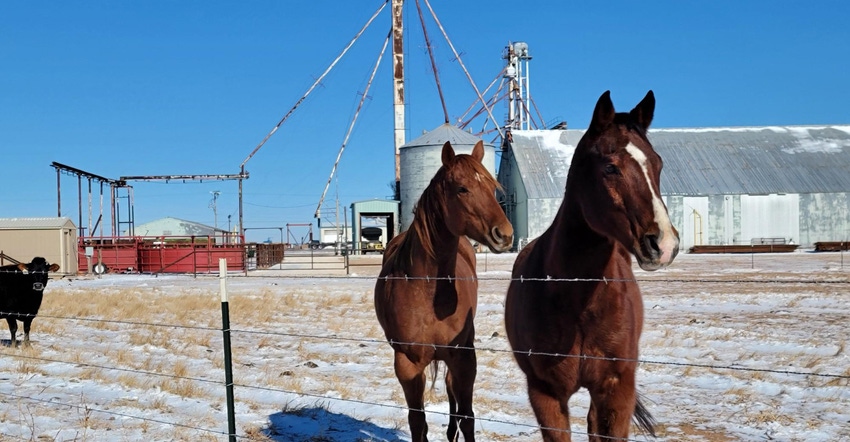January 3, 2022

 *This is the first article in our 2022 Southwest Economic Outlook series. Hear from Oklahoma State University and Texas A&M AgriLife Extension economists about the 2022 outlook.
*This is the first article in our 2022 Southwest Economic Outlook series. Hear from Oklahoma State University and Texas A&M AgriLife Extension economists about the 2022 outlook.
The last two years and the global COVID-19 pandemic have brought many changes to the economies of the U.S. and the rest of the world. During the early phases of the pandemic, unemployment soared, and many segments of the economy adjusted to changes in personal, school and work environments. Stimulus from the federal government and an accommodative monetary policy from the Federal Reserve helped ensure that the U.S. economy did not shut down completely. That support proved very beneficial as the economy has recovered in many ways over the last 20 months.
Throughout most of 2021, the U.S. economy has moved forward in a positive manner. Economic growth has been strong since the end of the 2020 recession induced by the pandemic. U.S. GDP growth, while slowing, is still around 2%. The labor market has continued to recover, with more people returning to work. Unemployment claims recently hit a 52-year low, as of this writing. The strong economic recovery and the availability of stimulus dollars and cheaper credit are reflected in stock market indexes that have continued to make new highs, strong real estate (residential, and agricultural) markets, rising commodity prices, and other economic indicators.
As 2021 gives way to 2022, many difficulties tied to the continuing COVID-19 pandemic will continue to be dealt with. While the country appears to be moving closer to full employment, there are many former workers that have not returned to the workforce for numerous reasons, and employers will continue to struggle with hiring needs. A tighter labor market would suggest we are closer to full employment. Numerous supply chain and logistics issues have resulted in shipping port backlogs and reported shortages of items including: chemical inputs needed for manufacturing processes; intermediate products such as computer chips; final products such as automobiles; and other retail goods. The combination of supply chain issues, the strength of the economy, and an easy monetary environment have resulted in concerns about inflation and market volatility that could have a negative economic impact over the coming year.
The U.S. economy should continue on a strong upward growth path in 2022 if further pandemic-related relapses from emerging COVID-19 variants do not occur. Inflation may be a concern; expect the Federal Reserve to try to make adjustments to reduce inflationary pressure without causing a major negative impact on the economy. If inflation expectations become entrenched, that may be very difficult. If the inflation we have seen this fall, running well above the 2% target, becomes embedded in expectations for the economy, the Federal Reserve may choose to start raising interest rates during 2022. Remember the multi-year inflation of the 1970s that ended with very high interest rates and a farm financial crisis as assets were re-valued in the early 1980s. The situation is not at that level, but farmers and ranchers need to carefully consider their risk management strategies as they move through 2022.
Read more about:
EconomicsYou May Also Like




